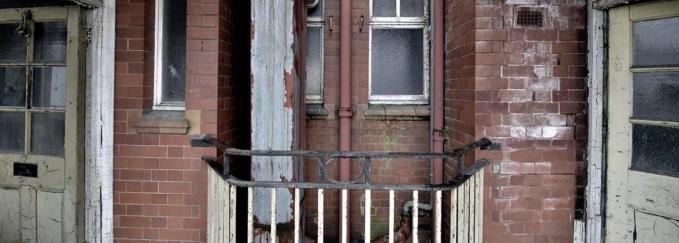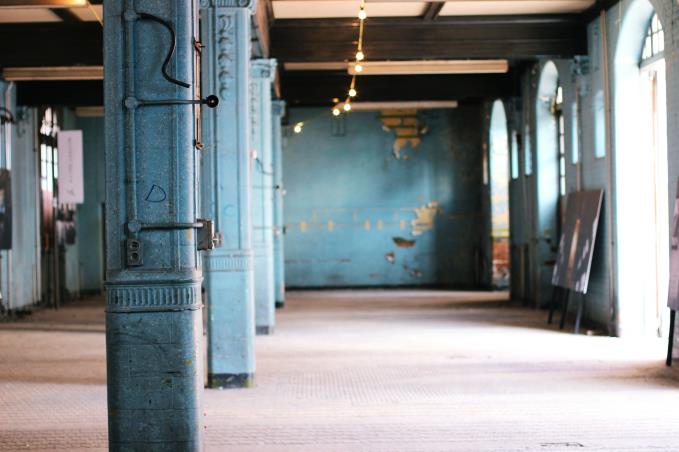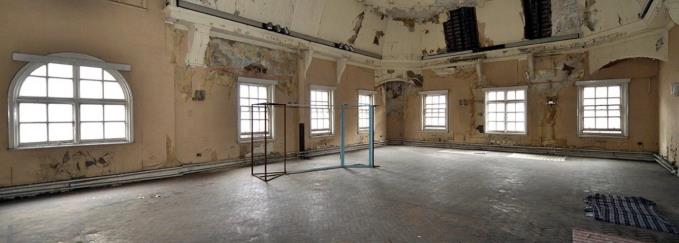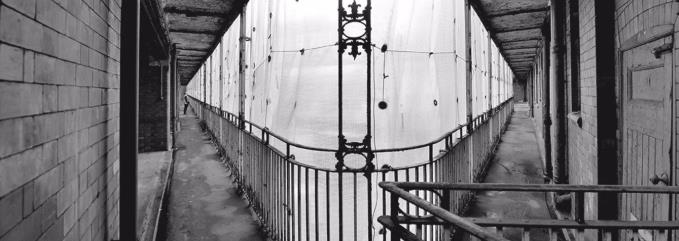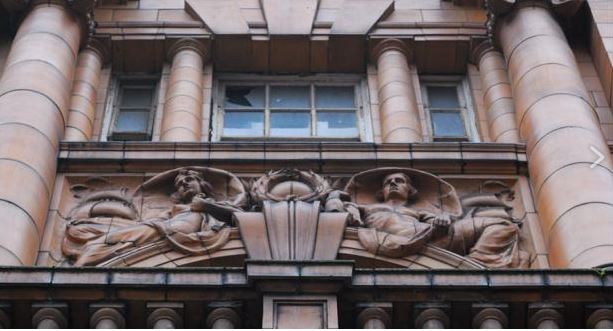AFTER three decades of neglect, procrastination and deception by its previous owners, Britannia Hotels, the doors to the city’s last major listed and derelict building will be thrown open to the public on Friday 13 May for the second in a series of ‘Create London Road’ events.
I quite like an element of deterioration, it means you can almost start from scratch
The recent and much-publicised reclamation of London Road Fire Station by Spinningfields developers Allied London - along with the Northern Hub transformation of the station, the regeneration of the Mayfield Quarter and the arrival of 'hip new neighbourhood' Kampus - has the potential to utterly transform this forsaken corner of the city and create not only a gateway into Manchester but a cultural destination in its own right – one of ‘international significance’.
Drawing on feedback from the first public consultation at Old Granada Studios back in December (available to download from the Create London Road website), the event is a chance for Allied London to bring the public up to speed on the project and explain how the concept, usages and potential operators for this historic Grade II listed building have evolved throughout 2016.
Initial exchanges focussed on a mixed-use development for Piccadilly comprising a high-end international hotel operator alongside premium residential apartments. Further touted uses following the consultation included multiple restaurant and bar opportunites; arts, museum and theatre space; well-being, treatment and spa facilities; a food market hall; a courtyard garden and, more sinisterly, a 'dungeon'.
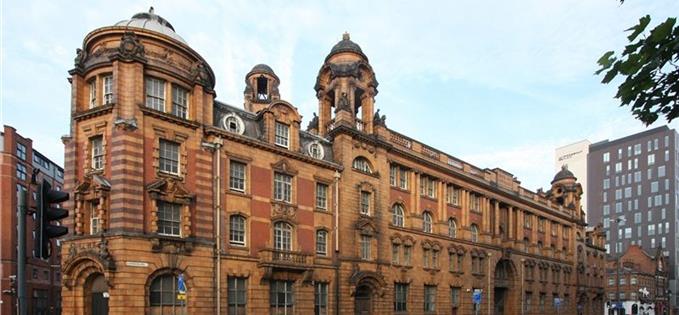
Despite the neglect from Britannia, signs are that much of the building's key interior historic detail is remediable. During the first consultation, Allied London Chief Executive, Mike Ingall, told the assembled: “Contrary to popular belief, much of London Road is not beyond repair - it really isn't as bad as it seems.
“And anyway, I quite like an element of deterioration, it means you can almost start from scratch, taking advantage of the original building and the stripped back features."
Once the public have taken their first steps beyond the front gates in 30 years, Ingall will meet attendees in the station’s former Engine Room for a presentation, before the public are invited to give feedback on the emerging plans and perhaps stick their noses into other nooks of the building.
To be a part of the consultation process on Friday 13 May (8.30-10.30am), people can join the London Road Club, via the website. All London Road Club members will receive an invite to the event, with places offered on a first come first serve basis.
Meanwhile, Confidential has got its hands on the first batch of photos taken from inside London Road:

